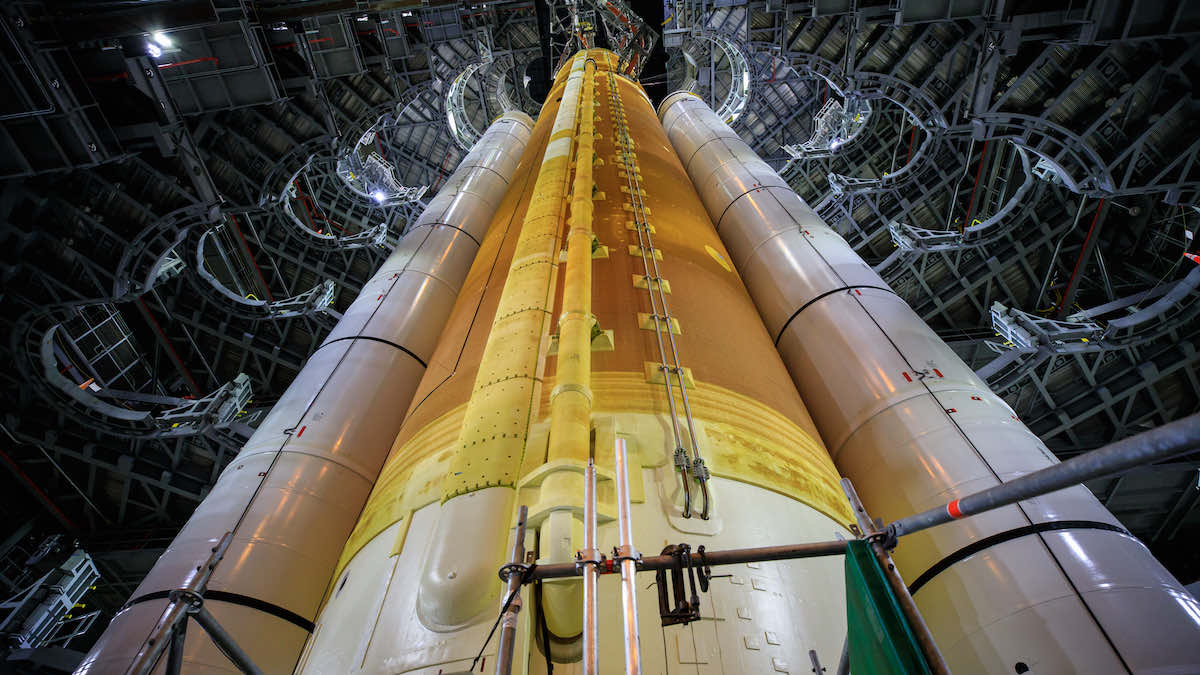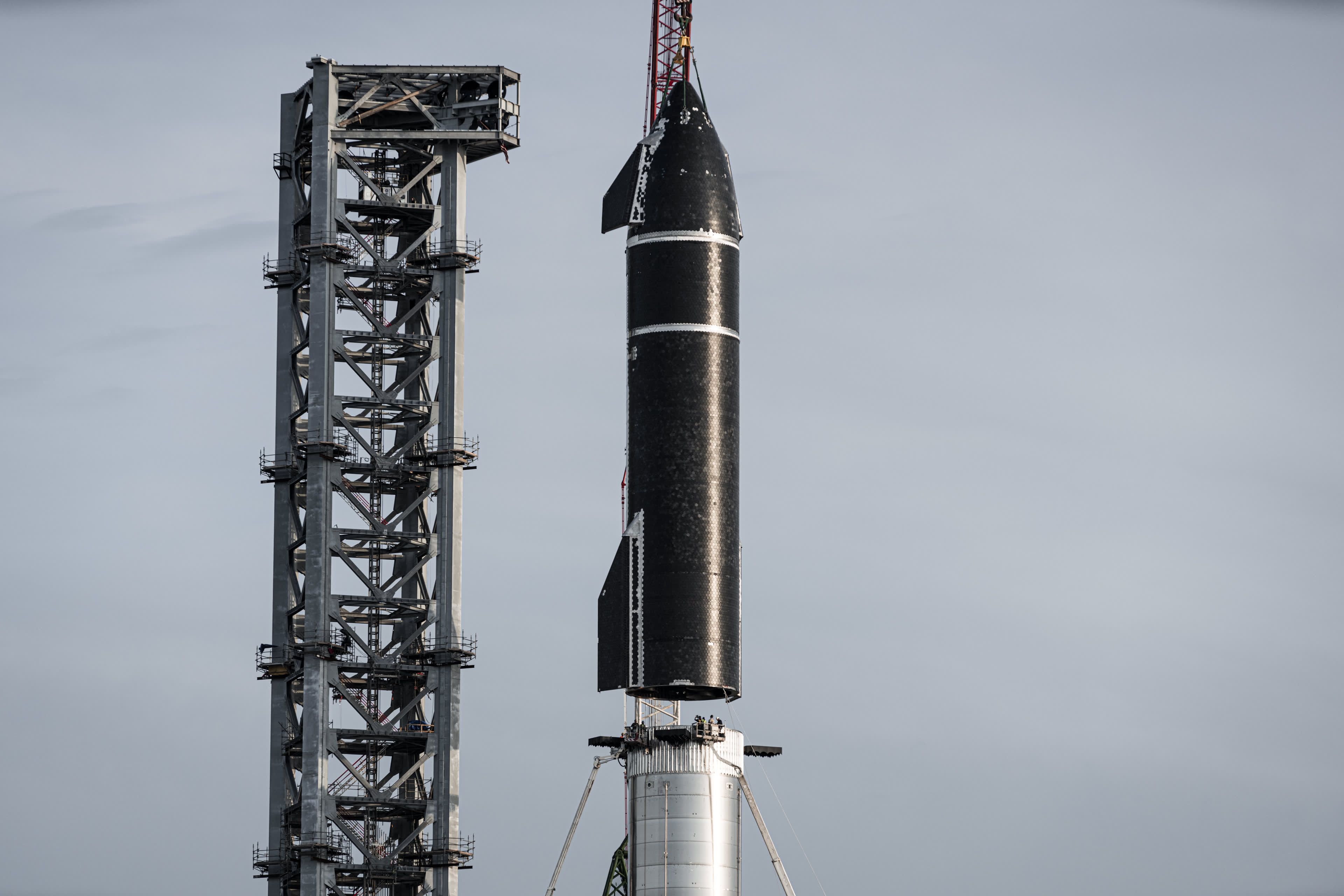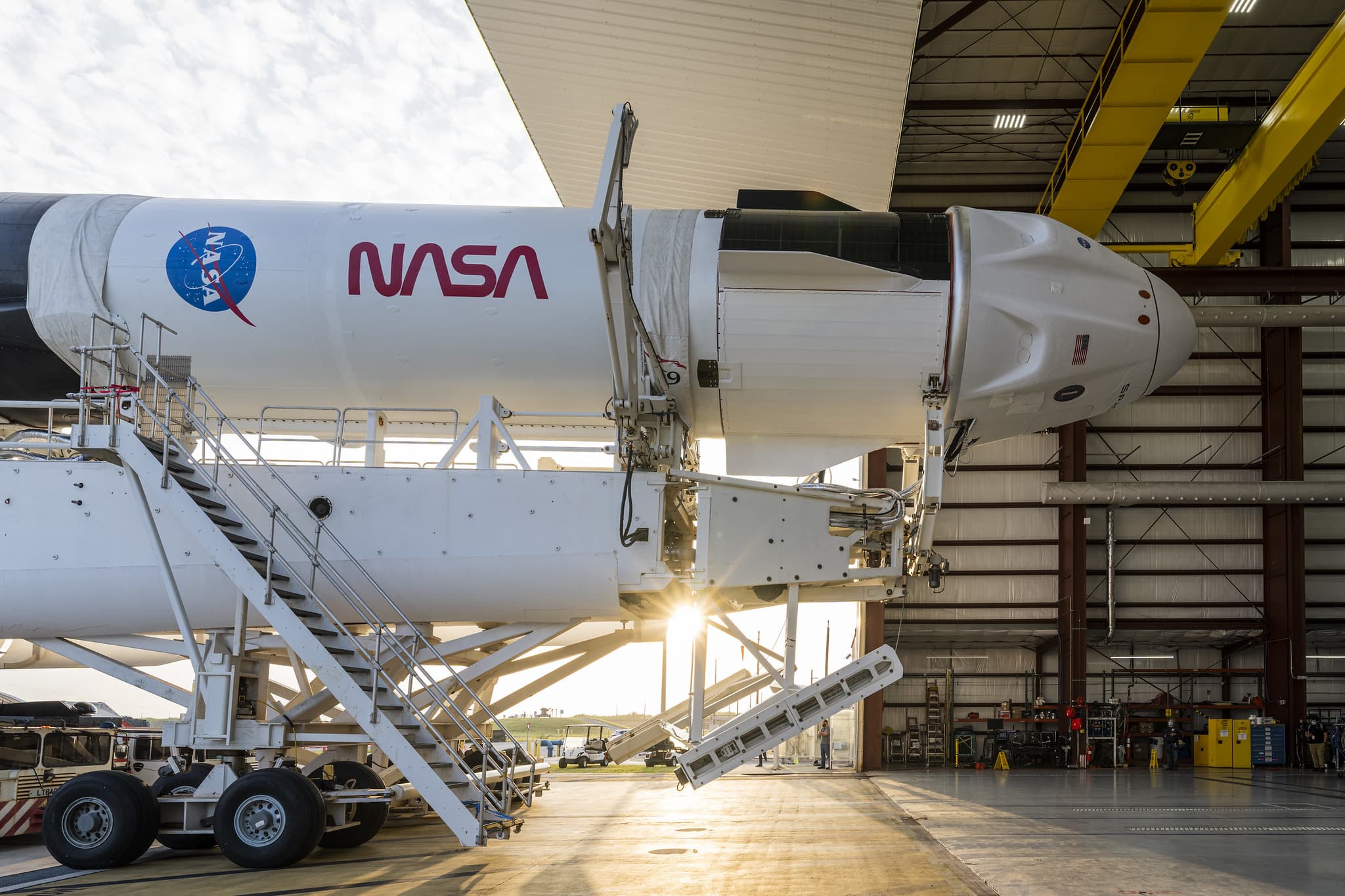
Why NASA Is So Much Slower Than Private Space Companies
NASA is an incredible agency that is responsible for different impressive feats throughout the decades. However, through its history and even today, the agency is not known for its speed. Projects like the upcoming Artemis mission are gathering a large list of delays along with other issues that are expected to slow it down even more than initially planned. The agency is especially slow when compared to different private space companies such as SpaceX.
NASA is slower than a lot of private companies for multiple reasons. Some of the main reasons include changes in funding, location around the country, changes in goals and plans, and more. Each of these reasons slows down the agency significantly over time.
SpaceX’s Starship for example is meant to be one of the most powerful, biggest, and innovative rockets in the world and is progressing extremely fast. Projects such as NASA’s SLS or Space Launch System on the other hand have not had such success in the time department.
How Long Is NASA Taking On Different Projects?

To give some perspective we can look at how long NASA is taking on current projects. A perfect example could be NASA’s main focus right now which is the Space Launch System. This rocket is one of the biggest and most powerful in the world and is meant for missions to the Moon. Unfortunately, its development has been far from smooth. Initial SLS development began right around 2011. It was stated that the SLS program had a projected cost of $18 billion through 2017. It is now 2021 and the rocket has not launched a single time yet. It has also far exceeded the estimated development cost and cost per launch.
At one point the first launch was even planned to happen in 2016. However, the rocket has been delayed more than eight times causing the launch date to get farther and farther away. The initial launch is now planned for early 2022. Another example could be NASA’s next-generation spacesuit. This spacesuit is also meant for the Moon and Artemis missions. Due to a large list of reasons including funding problems, technical challenges, and other delays, the spacesuit is not ready for the upcoming missions. NASA is not only having issues with building rockets but spacesuits as well. These are just some of the more recent and current projects NASA is working on that are taking longer than expected. Looking back in NASA’s past you can see a lot of similar patterns.
What Slows Down NASA?
Funding Changes – One of the first aspects of NASA that slows the agency down is funding changes. When it comes to building and developing a rocket or other space equipment it is extremely expensive. The cost for development usually costs billions of dollars over a long period of time. NASA puts a lot of work into trying to figure out exactly how much money they need and will receive to work on various projects. This is where a limiting factor comes in. NASA is a government agency that rather than make its own money it receives it from the government. The agency is always trying to convince and get access to as much funding as possible. However, this number can change quite frequently.
More specifically each year the agency gets a different amount of funding. This makes things very complicated when rocket development can easily take a decade. That means NASA can have a high budget for a few years and then the next year get a large cut. This usually ends up causing big delays as they no longer have the funds needed to keep on track with development. This uncertainty with the budget and change in the capital throughout developing different equipment has helped slow down the agency a lot over time. An example of this could be the next-generation NASA spacesuit I mentioned before. Work on the suit started years ago however in 2021 Congress approved 77% of the total amount NASA requested. NASA then was forced to change the suit development budget from $209 million to $150 million. This was a 28% decrease in funding that added to the delays in development.
Facilities Location – Another part of NASA that slows it down quite a bit is the location and facilities. NASA is comprised of many different facilities around the entire country. This has some benefits but it also has a big downside. The major downside is the distance and the effect it has on the agency’s speed. A rocket for example is comprised of many different parts. NASA has different groups and facilities that focus and develop specific parts of a rocket. During the development process and once everything is completed everything needs to be brought together. Rather than having everything together at a centralized location, it is very spread out. Like I mentioned there are some benefits to this in regards to talent and providing jobs across the country, but it does slow them down. This is another reason why NASA is not very fast and why they are considered slow compared to different private companies.
Plan & Goal Changes – The last big reason slowing NASA down is the change in plans and goals. This one is similar to the changes in money. Rocket development is extremely complicated and takes a very long time. When you change an aspect of this in the middle of development you are going to create some large delays. Another aspect of NASA being a government agency is the changing goals. An example could be presidents changing and a different attitude and plan towards the agency coming as well. This can happen every four years yet rocket development can often take a decade. This adds another complicated factor that slows down the agency. A recent example can be seen once again in NASA’s next-generation spacesuit. Prior to 2019, NASA was planning on an Artemis mission being in 2028 so the same was planned for the spacesuit development. However, the Artemis mission was moved to 2024 which fast-tracked the spacesuit development by four years. This was an added complication and may have sped up the progress in the long run but at the cost of other plans and missions.
How Does This Compare To Private Companies?

Looking at different private space companies NASA is very slow. An example could be SpaceX’s current Starship development. Starship has some similarities to NASA’s Space Launch System. They are both meant to be some of the world’s biggest and most powerful rockets. The difference is Starship is very innovative and cost-effective while SLS is similar to previous rockets and extremely expensive. Despite the difference in launch vehicles Starship development has been extremely fast. In only a few years SpaceX has tested Starship countless times and is about to attempt the first orbital test flight. Practically all the factors which slow down NASA that I mentioned above do not apply to SpaceX. This is a big reason why they are so much faster than the large agency.
Conclusion
NASA has been responsible for many incredible things over time but they are not the fastest. Especially recently with SLS and spacesuit development for the Artemis program. Some of the main reasons for NASA’s slower timeline are funding changes, facility locations, and changes with the agency’s plans and goals. All of these have in the past and are actively adding delays and slowing rocket development. This comes in stark contrast to private companies such as SpaceX who are developing Starship at speeds never seen before in the space industry. As time goes on we will see how NASA and its projects progress and if they are able to improve development speed over time.
